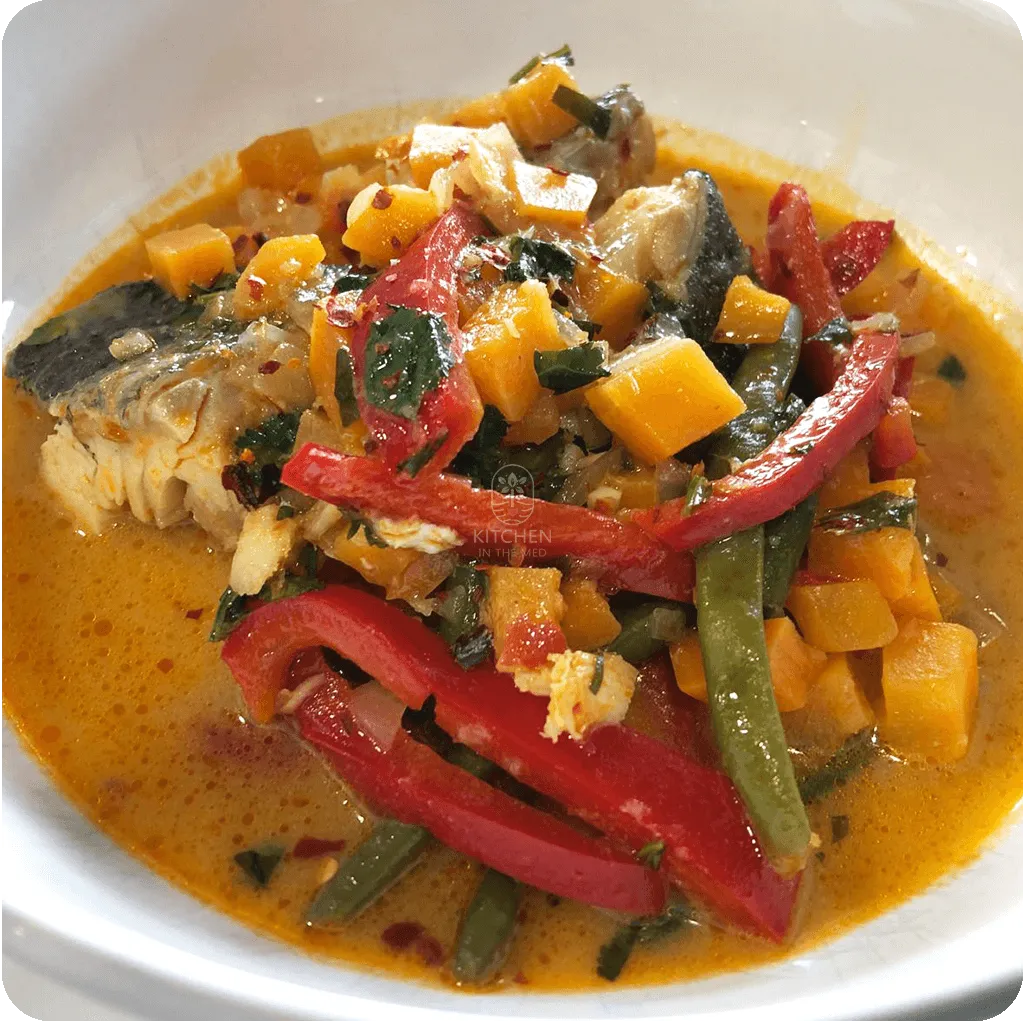Coastal vs. Mountainous: A Surprising Mediterranean Winter Dish Face-Off
If you think Mediterranean cuisine is all about summer flavors and beaches, think again! Winter brings its own delicious surprises, whether you’re by the coast or up in the mountains.
Get ready for a gastronomical adventure that challenges everything you know about Mediterranean food. From unexpected ingredients to traditions steeped in history, this is your guide to experiencing Mediterranean winters like a local.
Uncover the nuances between coastal and mountainous dishes and why missing out would be a foodie’s ultimate regret.
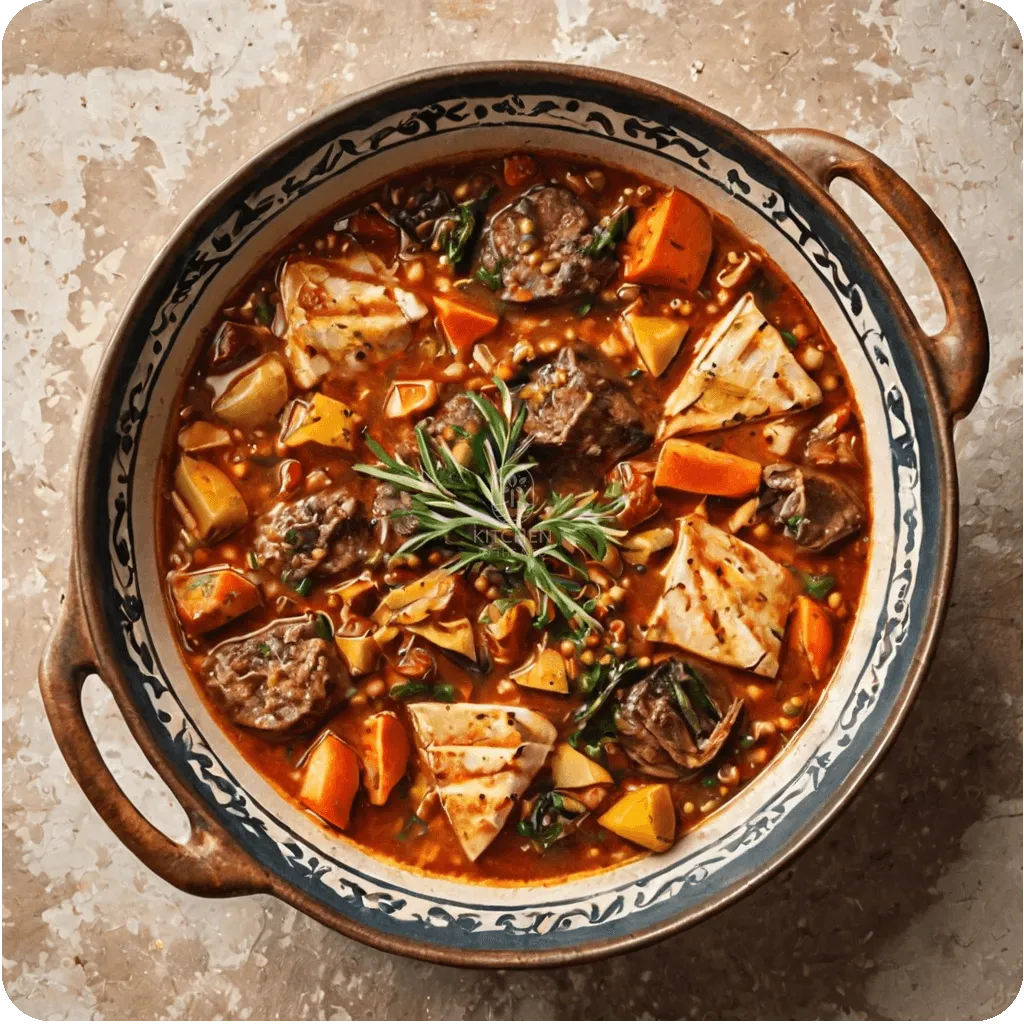
Winter Stew Drawing
Alberto Conde Kitchen in the Med
Share this article
The Allure of Mediterranean Winter Cuisine
Mediterranean cuisine isn’t just a summertime affair. Winter in the Mediterranean is an entirely different yet equally charming experience. While we often associate this region with olives, tomatoes, and sunshine, the colder months bring rich, hearty dishes that warm the soul.
Each region has its seasonal specialties, often grounded in centuries-old traditions. Exploring these winter dishes offers a deep dive into the culture and lifestyle of the Mediterranean during the chillier months.
What’s even more intriguing is the diversity—how the coastal and mountainous areas of the Mediterranean shape the local palate in unique ways.
Coastal Cuisine: Bringing the Sea to Your Table
The coastal regions of the Mediterranean take advantage of the bountiful seafood supply, crafting winter dishes that are as sustaining as they are flavorful. An unspoken rule here is that seafood shines even in the coldest months.
Think of fish stews, rich with spices, and seafood risotto, which offers a creamy embrace of flavors, perfect for a chilly evening by the sea.
Techniques for preserving and flavoring seafood keep the vibrant taste alive through the winter, even without the summer sun.
Mountainous Delights: A Tribute to Tradition
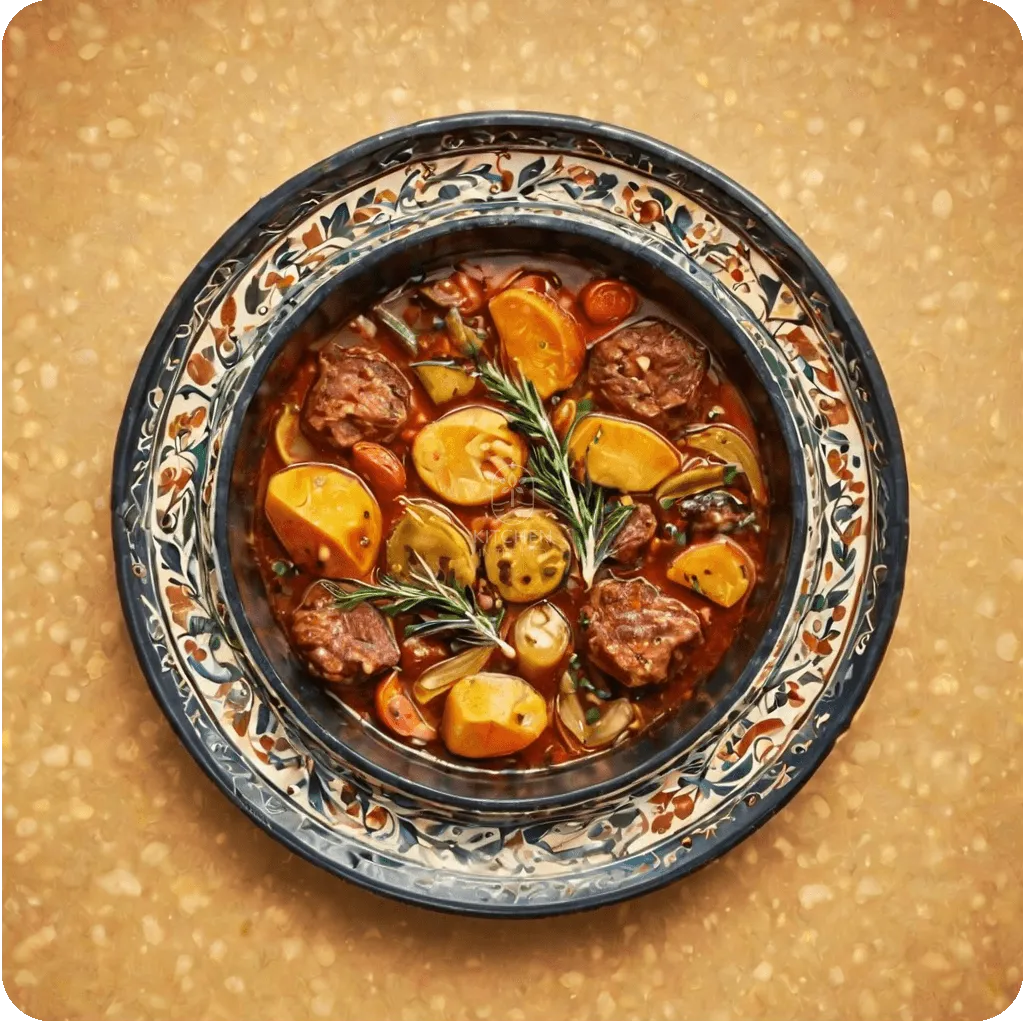
Winter Stew Drawing
Alberto Conde Kitchen in the Med
Here, ingredients and meals are heartier and warmer to stave off the cold.
In these elevated terrains, stews teem with root vegetables and legumes, prepared over long hours to yield warmth in every spoonful. Herds of sheep and goats mean dairy plays a significant role, too, with cheeses and yogurts taking center stage.
The rugged terrain influences the ingredients and cooking methods—fireplace cooking is a celebrated winter pastime.
Olive Oil: The Common Denominator
Both coastal and mountainous cuisines owe much of their allure to one ingredient—olive oil. It’s as indispensable in the winter as summer, drizzling into most meals.
Olive oil provides a silky texture to slow-cooked dishes and adds a heart-healthy boost. It’s cherished for its flavor and ability to bond disparate ingredients into a harmonious dish.
Every region believes its oil is the best. I encourage you to try some since the unique climate and soil conditions lend each local oil its own twist.
Spices and Herbs: The Secret Weapon
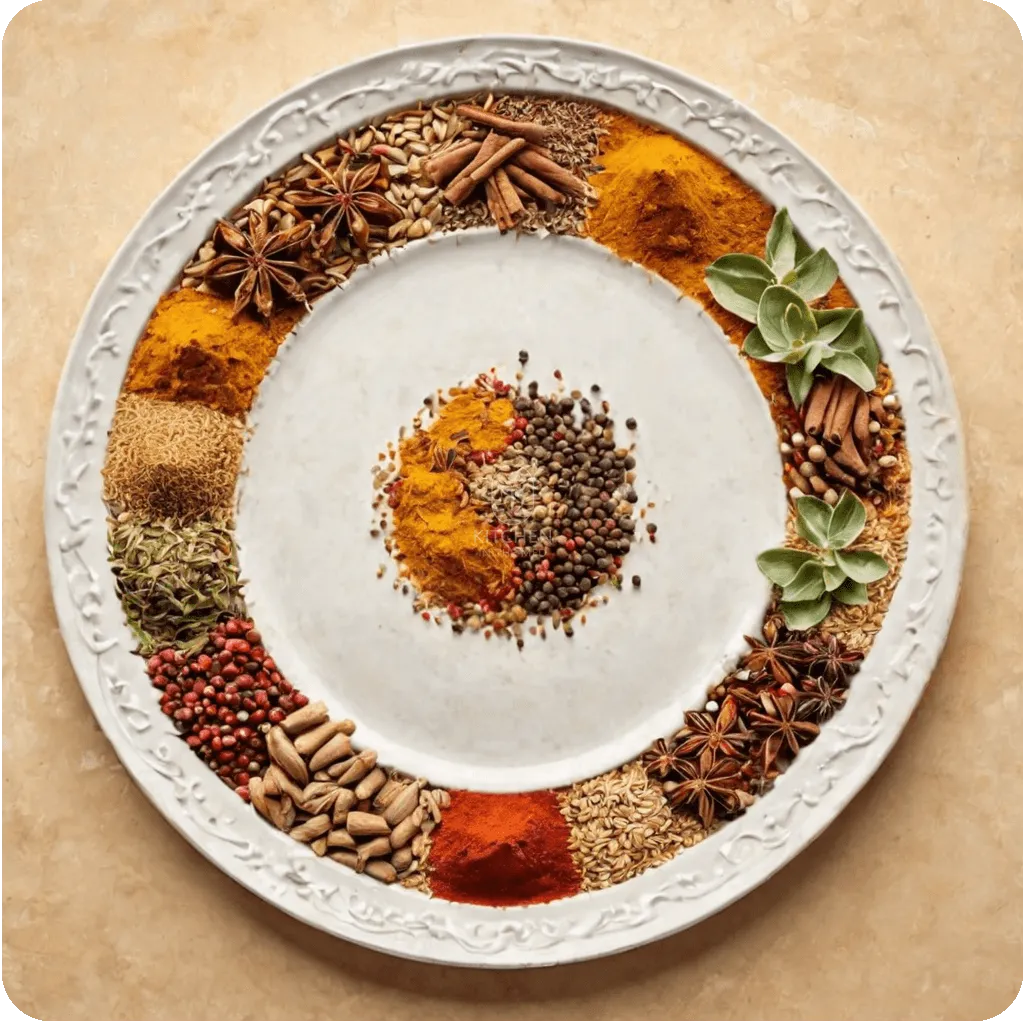
Spices Drawing
Alberto Conde Kitchen in the Med
Spices and herbs transition Mediterranean winter dishes from ordinary to mesmerizing. Each dish’s aroma tells a story unique to its locale.
Coastal dishes favor the fragrant punch of saffron and citrus, while mountain cuisine often features the earthier, heartwarming tones of rosemary and thyme.
Herbs and spices aren’t just for flavor; they’re also medicinal, adding layers of warmth and well-being to winter cuisine.
Fondue and Fondly Remembered Dishes
In some mountainous regions, winter wouldn’t be complete without a bubbling fondue pot. This dish celebrates regional cheeses. But fondues are not only made of cheese; you can also dip meats in oil.
This isn’t just a meal; it’s an event that fosters community and warmth. Its centuries-old origins trace back to creating sustenance out of surplus staple foods.
Today, it’s a beloved dish across regions that people eagerly anticipate as the first snowflakes fall.
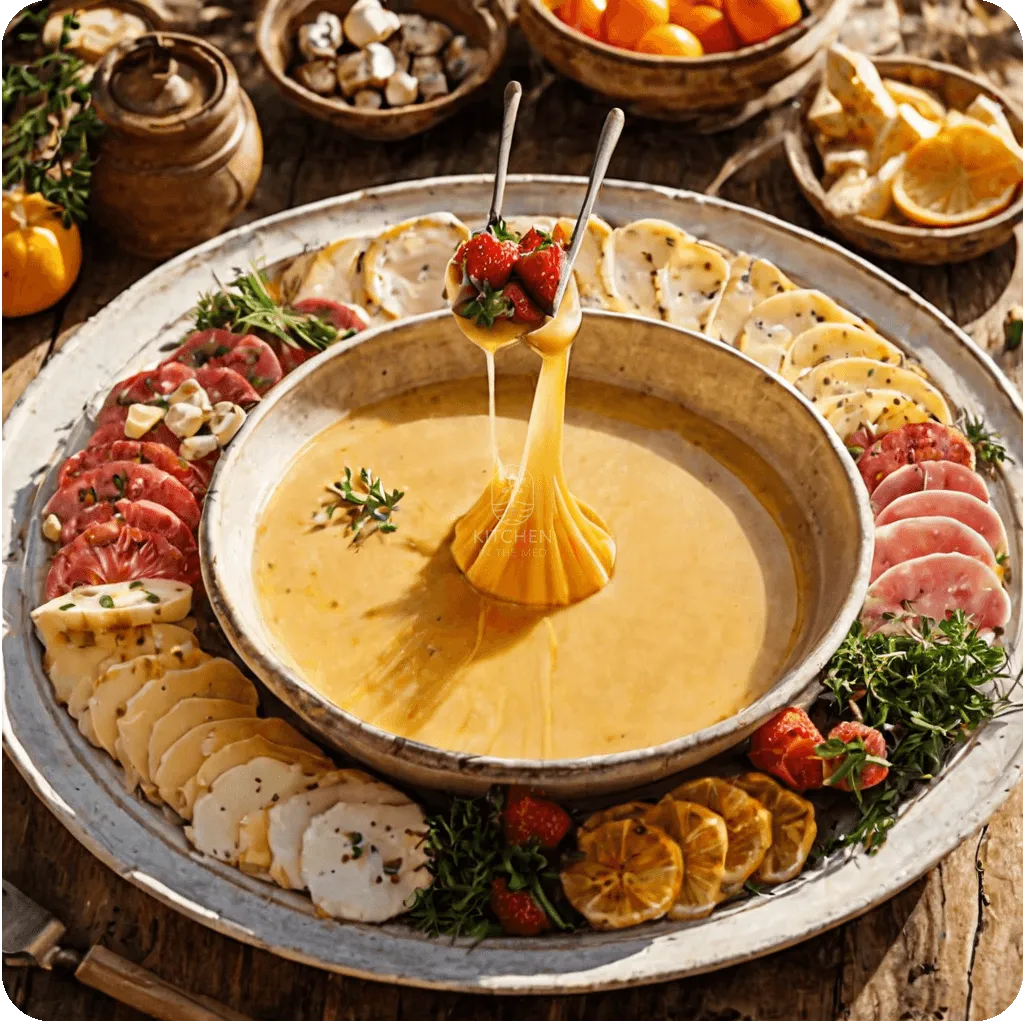
Fondue Drawing
Alberto Conde Kitchen in the Med
Citrus Celebration: Winter's Zest
Come winter, citrus groves across coastal regions burst with brightly colored oranges and lemons. Their zest uplifts multiple dishes, from savory to sweet.
These fruits add vibrancy and acidity to meals and offer much-needed vitamins during the cooler months.
Coastal chefs turn to citrus to brighten seafood dishes and deftly balance flavors.

Lemon Juice Resemblance
Alberto Conde Kitchen in the Med
Hearty Stews: A Warm Embrace
Nothing says winter comfort like a hearty stew. Both coastal and mountainous regions offer their distinctive takes on this classic dish.
Whether seafood or meat-based, these slow-cooked meals with vegetables and aromatic herbs are designed to nourish and warm the soul.
Local wines often enter these pots, adding a depth of flavor and a touch of local flair.
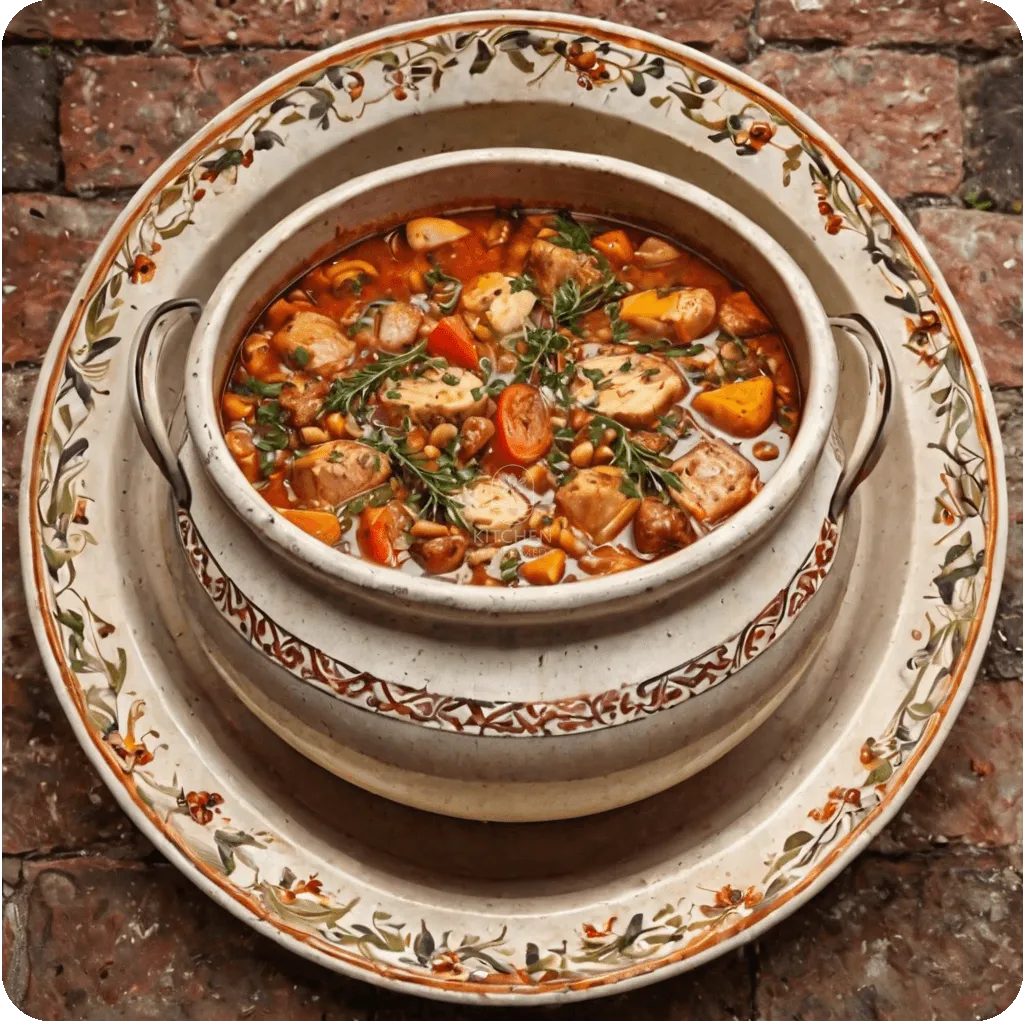
Winter Stew Drawing
Alberto Conde Kitchen in the Med
Sweet Endings: Desserts That Linger
Even winter has its share of sweet indulgences in Mediterranean cuisine. Across regions, desserts are crafted with the season’s best offerings.
These desserts, from citrus-inflected pastries to nutty delights, are about keeping spirits lifted amidst the cold.
Don’t be surprised to find ancient recipes woven into these treats, offering a historic taste of the Mediterranean.

Pastry Drawing
Alberto Conde Kitchen in the Med
Seaside Sardines to Mountain Lamb: Protein Choices
Protein selections highlight the differences within Mediterranean regions. By the coast, sardines and shellfish are the heroes.
Up in the mountains, lamb and even game meats stir the appetites to warm every diner.
These proteins adapt regional nuances, seasoned and plated in different ways.
Bread: The Timeless Companion
Across the Mediterranean, no meal is complete without bread.
Flatbreads prevail in the warmer coastal areas, perfect for dipping and scooping flavorful sauces.
Higher altitudes favor denser loaves baked with hearty grains, often acting as a meal in itself.
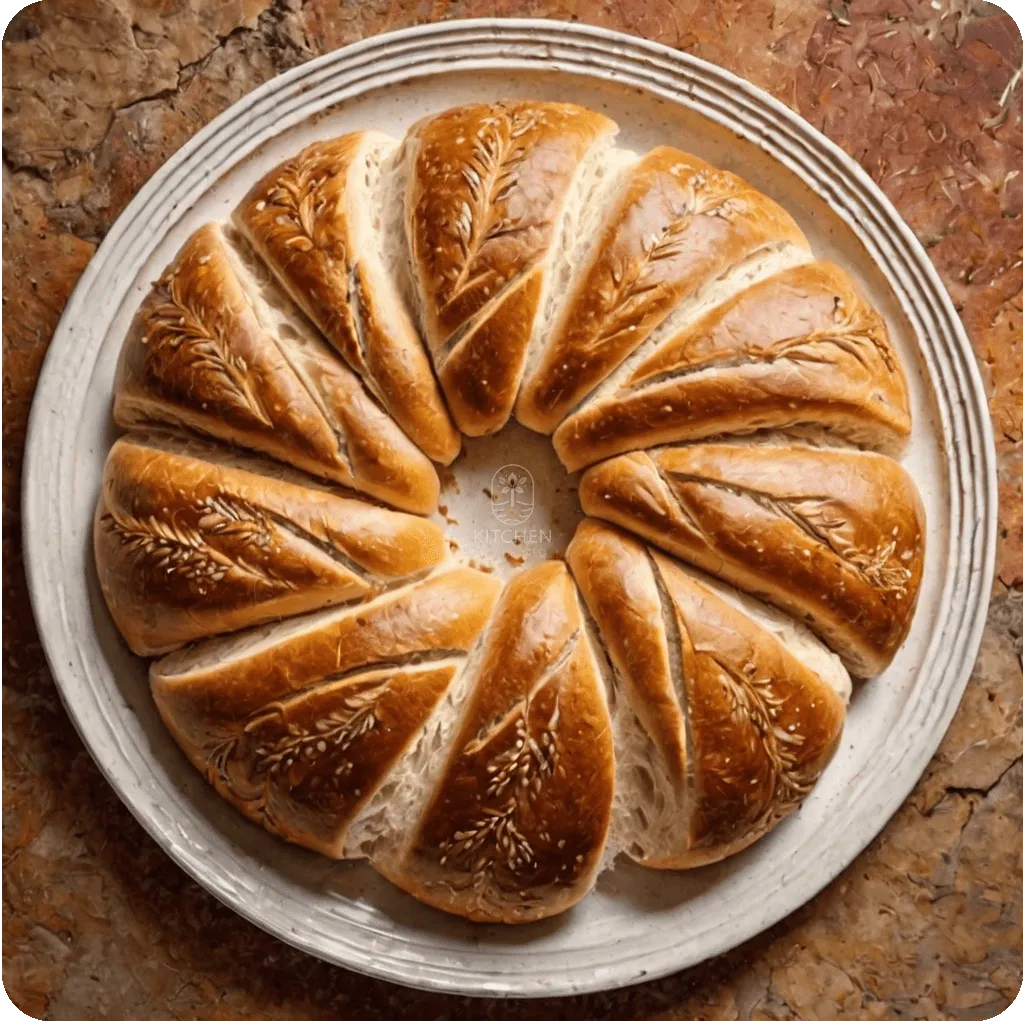
Round Bread Drawing
Alberto Conde Kitchen in the Med
Food is Culture
In the Mediterranean, food is tradition, culture, and family wrapped into one. Dishes aren’t merely about flavors; they’re steeped in stories shared across generations.
Recipes are handed down through time, each simmering pot or baked dish carrying a piece of family history.
This sense of culinary heritage is perhaps strongest during winter when families gather to share in the warmth of familiar, comforting flavors.
Mediterranean Wines: Winter's Perfect Pair
Winter cuisine in the Mediterranean wouldn’t be complete without a fine wine pairing. The diverse Mediterranean wine regions provide robust reds and refreshing whites, each complementing the seasonal dishes perfectly.
Regions like Spain and Italy offer spicy reds ideal for hearty stews, while Greece gifts crisp whites that uplift seafood creations.
Wine is more than a complement; it’s an integral part of the meal, reflecting the land and climate from which it hails.
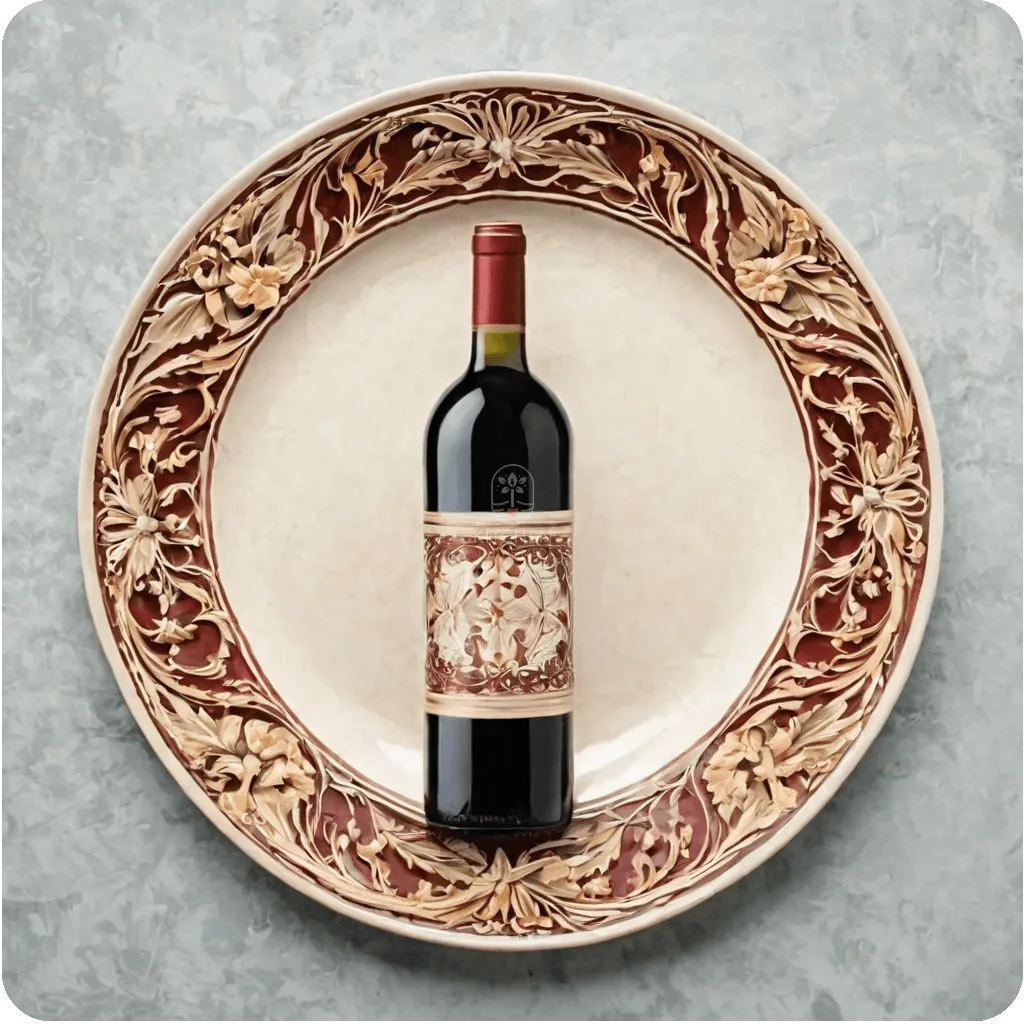
Wine Drawing
Alberto Conde Kitchen in the Med
Street Food: A Winter Adventure
Even in winter, Mediterranean street food is a vibrant scene. Coastal towns serve fried fish and calamari, while mountainous markets offer hot pastries and spiced meats.
Street vendors excel in delivering regional specialties that offer comfort with every bite—perfect for a quick winter snack on the go.
Each stall tells a story, reflecting its identity and flavor innovation.
Local Produce, a Real Treasure
Root vegetables and greens defy the cold and bring nutrition and flavor to the table.
Regional markets invite you to craft your own winter creations.
Embracing seasonal produce ensures optimal flavors and supports local agricultural communities.
Controversial Tastes: Love It or Hate It?
Mediterranean dishes also feature a few polarizing flavors.
Whether it’s the pungency of goat cheese or the intensity of cured fish, these flavors tell their own story.
Love or hate them, these tastes are an integral part of the culinary landscape, sparking debates among lovers of fine food. Discussing food and drinks is a universal pastime in the Mediterranean.
Let me tell you an example:
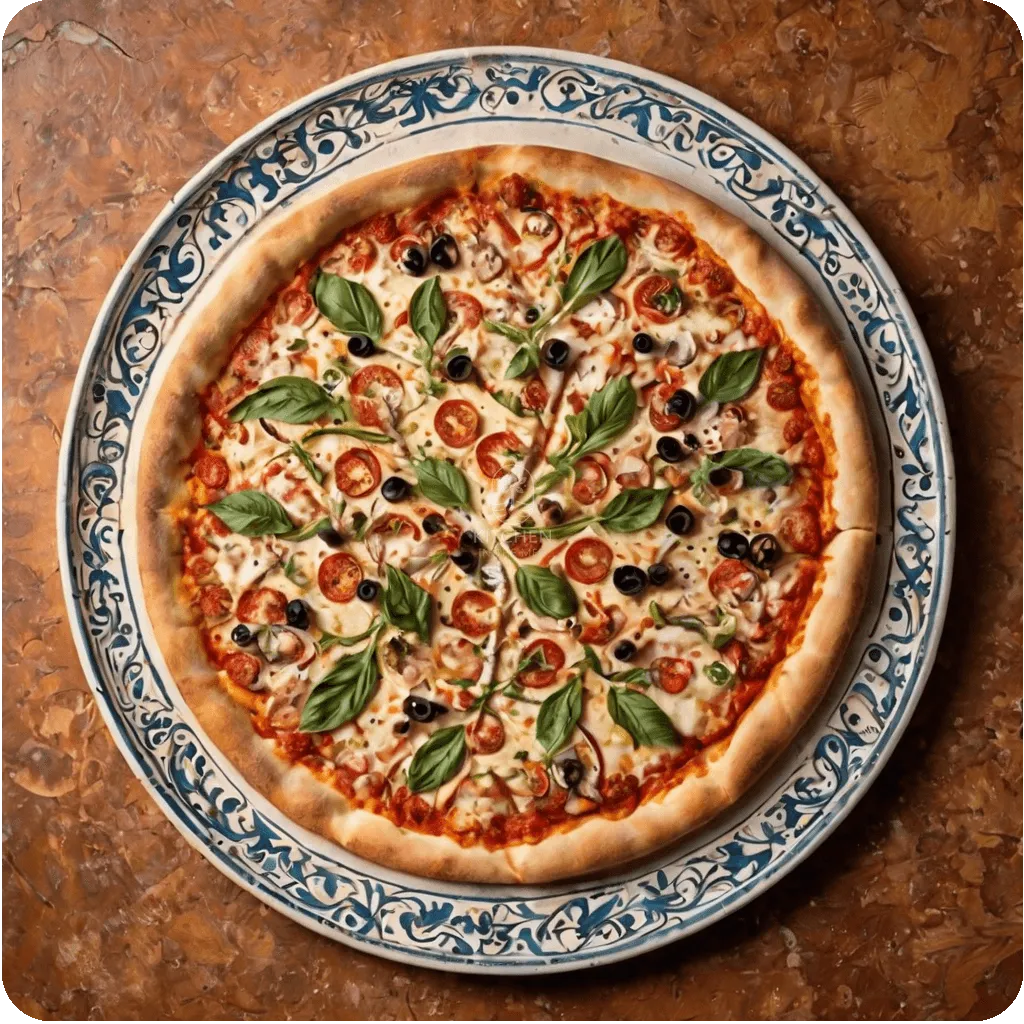
Pizza Drawing
Alberto Conde Kitchen in the Med
The Anchovy Pizza Debate
In a small Italian coastal town, a pizzeria called La Sirena is known for its anchovy pizza. One summer evening, a family of tourists decided to try it after hearing rave reviews.
When the pizza arrived, the father called it “a taste of the Mediterranean,” while his teenage daughter said it was “like eating salty fish on bread.”
Luca, the owner, heard the discussion, smiled, and shared a local story.
Long ago, two brothers who owned the town’s only pizzeria argued over anchovies. One insisted they were essential for authentic pizza, while the other hated them. The argument split the business into two rival pizzerias, each drawing loyal fans.
Today, the town holds an annual “Anchovy vs. No Anchovy” pizza competition, where locals and tourists cast their votes. The debate over anchovies continues, proving that some flavors can bring both division and tradition to the table.
Bringing Mediterranean Winter Home
How do you recreate the magic of Mediterranean winter cuisine in your kitchen? It’s easier than you think. Choose recipes with seasonal ingredients.
Focus on your community.
Share these meals with family and friends, and embrace the warmth and joy they bring.
You’re not just creating recipes—you’re honoring a tradition that bridges cultural gaps through taste.
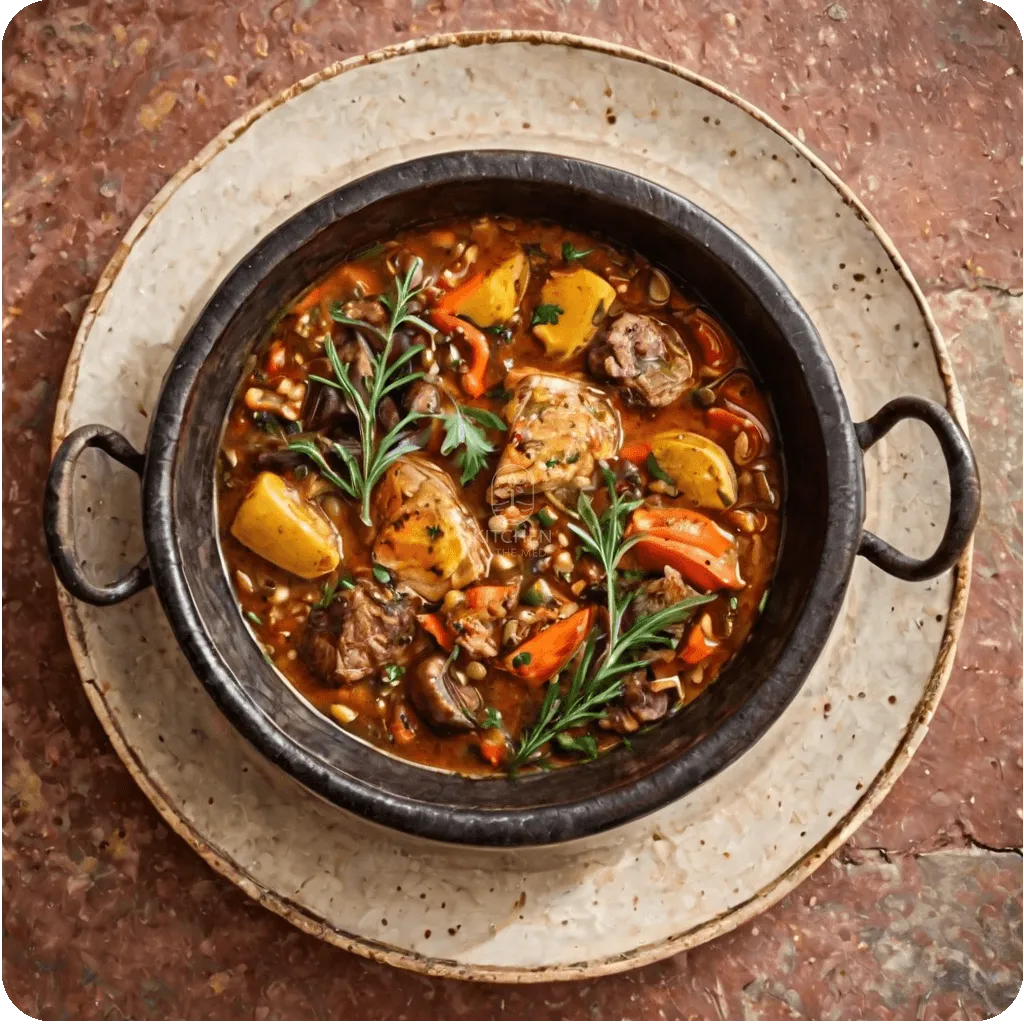
Winter Stew Drawing
Alberto Conde Kitchen in the Med
Share this article
Welcome to Kitchen in the Med!
I’m Alberto, born and raised in Barcelona, Spain, a principal city in the Mediterranean.
Here, I share authentic, easy-to-follow recipes inspired by the rich flavors of my home. You’ll find wholesome, time-honored dishes, expert cooking tips, and ingredient guides to help you bring the Mediterranean diet and other dishes to your kitchen—regardless of where you live.
You can also follow my quest to find a small plot of land to live and grow a garden in the Med.

